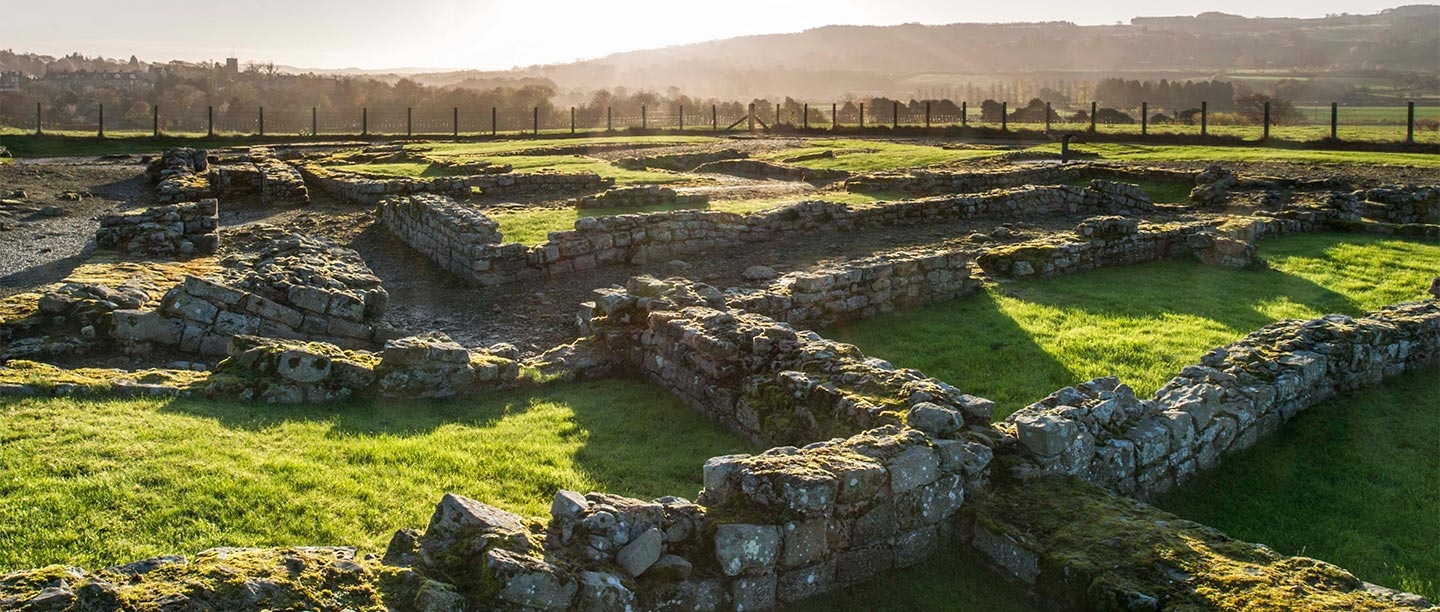The Dodecahedron
Possibly the most intriguing object at Corbridge is this copper alloy dodecahedron. Fewer than 120 such objects have been found within the whole Roman Empire and this complete example is the most northerly find. While each example is unique, they all share certain features. They all have 12 pentagonal faces, hence their name (a dodecagon is a 12-sided shape), and all have small knobs on the corners. Each face has a circular hole of varying diameters, and there is usually some form of incised decoration.
These items have been puzzling archaeologists since the 18th century, both in terms of function and date. Very few have been found in clear archaeological contexts. Those that have can be dated from the 2nd to the 4th century AD. If more had been found in specific buildings, it might have helped to identify what these enigmatic items were used for. For instance, if they were all found in temples, it might suggest that they had a religious connotation.
Their unusual shape and lack of context has led to over 50 different theories being published in academic papers alone. One theory that seemed to gain popularity for a while was that they were used to knit gloves, the different sized holes being for the different fingers. However, knitters have pointed out that this is not the quickest, or easiest, way to knit gloves! Other ideas range from a device for determining the optimal date for sowing winter grain, a candle holder, sceptre head, die, range finder, surveying instrument or child’s toy.
Face pots
Pots with faces or heads are among the most attractive but least understood type of pottery in Roman Britain. They are found all across Britain in low numbers, with the highest concentration being in the northern military zone, and in particular around Hadrian’s Wall.
There is a wide variety of vessel forms, fabrics and face design, with almost no two pieces being the same. The faces were made by hand, not in a mould, hence the individuality. The meaning of the faces is not known.
Corbridge has a large number of fragments from these wonderful pots, from curly beards to fancy hair-dos. The largest face pot in the Corbridge collection is striking, with a Classical-looking face, in particular his long straight nose. Who were these people? Were they meant to be deities, like the stone sculptures that adorned temples? If so did the pots have some religious meaning? Were the people depicted local residents, perhaps the customers? Or were the faces purely drawn from the imagination of the potter, and dependent on their mood on that day? We do not know, and probably never will.
Burial Bottles
Children are often missing from the archaeological record, with discoveries of items relating to their lives being very rare. At Corbridge we have a leg from a bone doll and little else. But two pottery vessels offer potential windows into the methods of feeding children.
On the Continent, bottles like these are usually found in children’s graves and have been interpreted as children’s feeding bottles, placed in the grave to help the deceased in the afterlife. However, some experts disagree and think that the spouts are too narrow to be used in this way. They suggest it is more likely that they were used to pour oil, or for other condiments.
One way to find out what was inside these bottles would be lipid analysis, where the residues are chemically analysed. However, this method requires a sample to be taken and crushed up for analysis. As these vessels are complete, we could not justify this destructive technique. They will have to remain a mystery for now!
Missing Temples
Over 20 altars and 60 religious sculptures have been found at Corbridge, one of the largest collections on Hadrian’s Wall. But despite this rich evidence, we have no buildings that can be identified as temples on the site – all the pieces have been found out of their original context. In the 1940s, Ian Richmond, a Roman scholar and excavator, thought that the buildings at the western end of the visible Stanegate (the main road running east–west through the town), on the south side, were temples. However, it has now been ascertained that they are simply street-facing strip buildings, probably with shops at the front and workshops or living spaces at the rear.
Researchers from Newcastle University are currently carrying out geophysical surveys (scanning beneath the ground) in the fields surrounding the visible remains. It is hoped that this work will not only help us to better understand the full extent of the settlement at Corbridge, but also identify the function of more buildings, including temples. Particular features can help this identification – for example, a Classical-style temple has steps leading up to a pedimented porch. Behind this porch was the cella, which contained the altar or statue to the deity.
This geophysical work, along with detailed research into the excavation archive, is ongoing. There are still many things to be discovered about Roman Corbridge.
Explore More
-
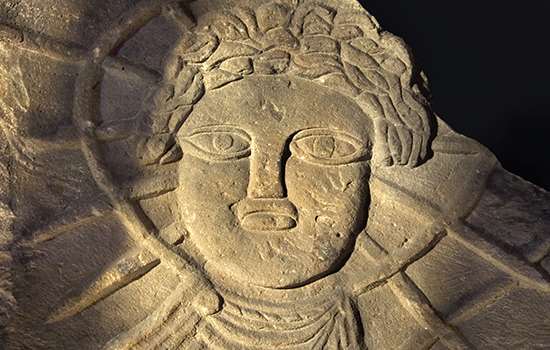
Corbridge: History and Stories
Corbridge developed from a military outpost into a cosmopolitan town. Explore its history and extraordinary collection of objects.
-
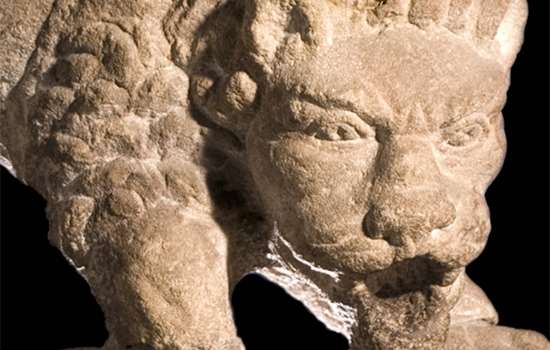
The Corbridge Lion and Changing Beliefs
Lions were commonly used as sacred symbols in Roman memorials to the dead, but the Corbridge lion is different. Discover what this extraordinary scultpture tells us about changing beliefs in Roman Britain.
-
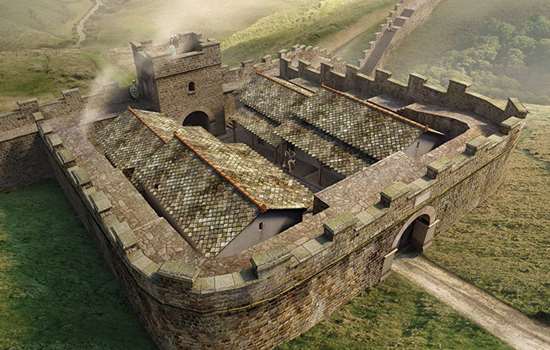
Hadrian’s Wall: History and Stories
Discover the histories, stories and mysteries associated with English Heritage’s Hadrian’s Wall sites.
-
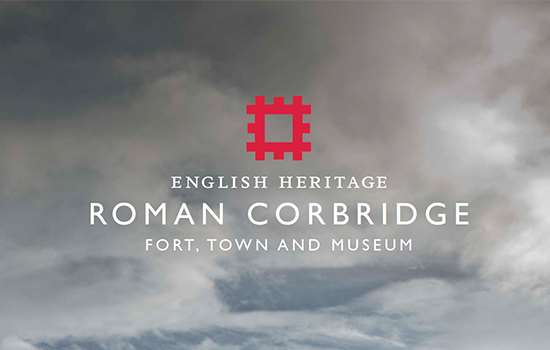
Buy the Guidebook
This guidebook gives a full tour of the site and museum as well as a detailed history of Roman Corbridge.

